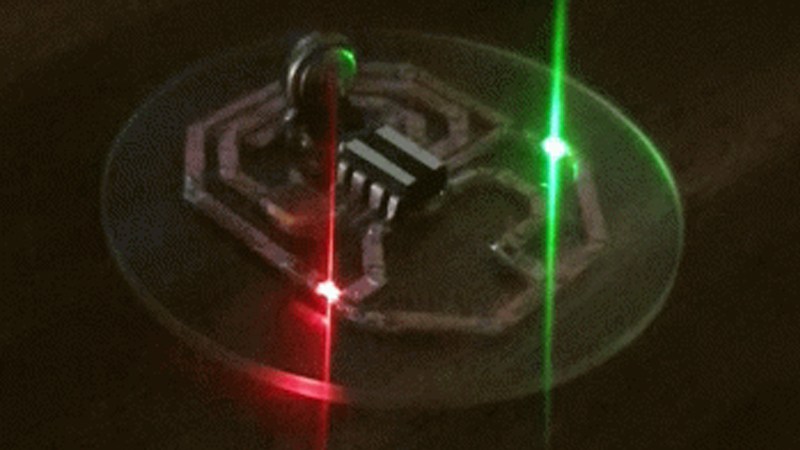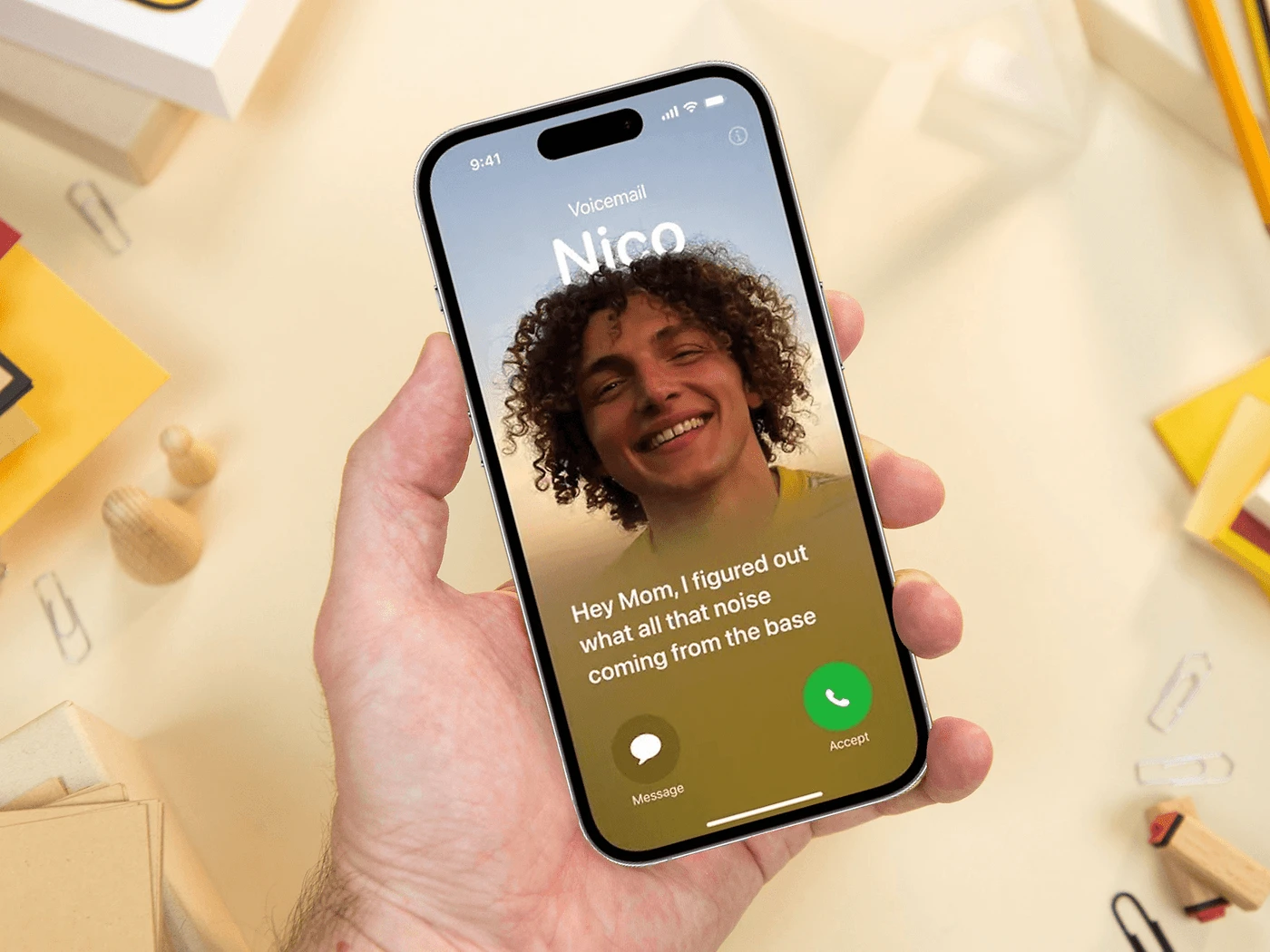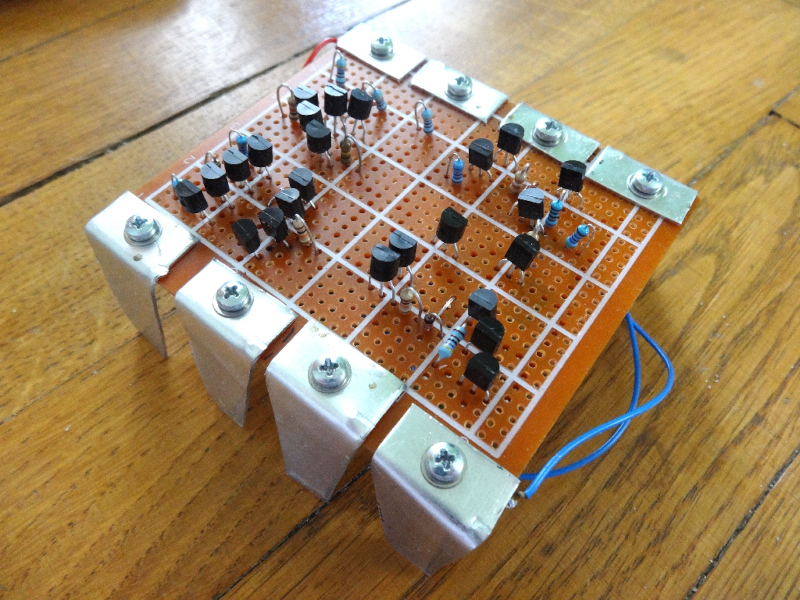“Strategy is not a threat” – what strategists want designers to know
The relationship between strategists and designers is key to creating effective work that meets clients’ needs. But strategists can feel misunderstood, and even undervalued, in their attempts to set a project’s direction through clear and meaningful thinking.
We spoke with a range of in-house and independent strategists about what they wish designers knew about their work.
Is the role of strategists changing, like so many design industry roles right now? If so, how?
“The lightning speed turnaround” of creative work is creating new pressures, says Gardiner Richardson’s associate director and strategic lead, Matt Forster.
Partly this is down to the rise of AI, which is front-of-mind according to independent strategist Manfred Abraham, who has held senior roles at Interbrand and Wolff Olins.
The two big shifts, he says, are AI’s potential to bring efficiency to the process – using information gathering and analytics to inform insights – and the dramatic changes that AI will bring to the consumer landscape.
“Imagine a world where your personal AI agent makes your life much easier,” he says. “What are consumers going to do with their extra time? Strategists will have to work in close collaboration with creatives to be able to imagine the future for our clients.”
Beyond AI, consumers’ withering attention spans, coupled with the proliferating demands on their time, creates a big challenge.
“Brands are looking for strategists to show them high interest areas of culture where they have a credible role to play, making it easier for them to reach their audience,” says Matt Boffey, chief strategy officer, UK & Europe, at Design Bridge and Partners.
As the world becomes more complex, there is a renewed appetite for clarity, says Polly Clark, a strategy consultant for agencies like Buddy Creative in Cornwall.
“I’m seeing that simplicity is even more important than ever,” she says. “Overly complex or convoluted thinking isn’t helpful for anyone, and just slows everything down.”
And some strategists have noticed a bit of mission creep. “Increasingly, clients are expecting strategists to contribute at a broader business level not purely brand strategy, design or comms,” says Louise Kennedy, who recently joined Into The Light as head of strategy.
What don’t designers understand about your role?
“Strategy is not a threat or a limit to designers’ creativity,” says Gardiner Richardson’s Matt Forster. “It’s a springboard to a controlled creative leap.”
Into the Light’s Louise Kennedy points out that “designers, on the whole, are visual and often want to get to the ‘creative ask’ very quickly so they can start doing what they do best.
“But many of us strategists enjoy taking people on the journey of how we got there by unpacking context and patterns. What designers might see as wordy, we see as fascinating storytelling, but perhaps we tell them more than they need to know, to protect our own egos.”
There seems to be a recurring tension between the idea of strategists as left brain thinkers – rigorous, analytical, and logical – against designers as right-brain thinkers – more creative and emotional.
But Manfred Abraham points out this is a false – if persistent – way of looking at strategy. “Some designers have missed that there might be a strong right brain there as well!” he says.
What don’t clients understand about your role?
“Unless clients have experienced it before, they aren’t immediately going to understand the value of strategy,” Gardiner Richardson’s Matt Forster says. “They may have worked with agencies who underpin their creative approaches on little substance.
“Once we’ve explained our strategic process, why we follow it and the value it will create for all their creative communications and wider business, it’s a no brainer.”
Nor does every client understand the commercial power of great design. “In the brand consulting and growth space specifically, clients often think that strategy is communication strategy,” says Manfred Abraham. “The strategies we develop go much further than that – communications is a part of it.”
And adding all this value takes time – more than some clients realise.
“I think for clients, it is understanding the need to protect the time and space to do a proper job at this stage and the benefit that will bring,” says Into The Light’s Louise Kennedy. “We might even need to commission new insight work if we feel there are big gaps in knowledge,” she adds.
How do you balance multiple client meetings with getting the deep thinking done?
This, most strategists agree, is a precarious juggling act.
“It sometimes feels like ‘manager time’ has won out over ‘maker time,’” says Design Bridge and Partners’ Matt Boffey. “Days are apportioned into slots, from 30 minutes to an hour, which is perfect for meetings but inadequate for building momentum on substantial projects.
The goal, he insists, isn’t to eliminate meetings. “Collaboration remains essential. Rather, it’s to create conditions where both discussion and deep work can thrive. We must be careful that ‘talking’ doesn’t completely squeeze out ‘doing’.”
He encourages his team to block time between meetings to mentally stretch, as you might after a gym session.
“And I’m a strong advocate for reserving longer periods, either half days or full days, for the ‘deep work’ required when writing a discovery debrief or developing brand strategy.”
Although Louise Kennedy blocks out time in this way, she finds it doesn’t always work for her. “Often in those moments I can get brainfreeze as I feel under pressure to produce something smart,” she says.
“So I like to read everything on a project then leave it for at least a day so my brain can digest it fully and start working behind the scenes.”
External consultants can work the schedule that suits them. On most days, Manfred Abraham gets up at 5.30am because that’s when his brain is at its best. It’s also a time of day free of client meetings, “so it’s great thinking time,” he says.
Polly Clark, on the other hand, embraces this juggling act. “It’s always something I’ve needed to do, and actually helps sharpen my thinking. Switching focus means I can come back to things fresher, and stops me getting caught up in the weeds.”
What’s the worst thing a designer can say to a strategist?
Matt Forster – “That they still don’t get it – which means I haven’t involved them enough, explained it well enough or done a good enough job.”
Louise Kennedy – “’I’m confused’ or worse, ‘I’m confused and bored’.”
Matt Boffey – ‘“Great, the client’s bought the strategy, now we can really start the work.”
“This sounds like strategy has become a hurdle to clear before creativity begins, where it should be the foundation that makes creativity powerful and purposeful. The best work happens when strategists and designers see their contributions as interconnected parts of a unified process, rather than unrelated elements.”
Polly Clark – “In the past I’ve heard designers question what strategy brings. That’s been when the strategy hasn’t made sense of the challenge, or is overly convoluted – which is sure to make everyone switch off.”
Manfred Abraham – “That great design doesn’t need strategic thinking. It’s simply not true. We are great individually but we are brilliant together.”
#strategy #not #threat #what #strategists“Strategy is not a threat” – what strategists want designers to know
The relationship between strategists and designers is key to creating effective work that meets clients’ needs. But strategists can feel misunderstood, and even undervalued, in their attempts to set a project’s direction through clear and meaningful thinking.
We spoke with a range of in-house and independent strategists about what they wish designers knew about their work.
Is the role of strategists changing, like so many design industry roles right now? If so, how?
“The lightning speed turnaround” of creative work is creating new pressures, says Gardiner Richardson’s associate director and strategic lead, Matt Forster.
Partly this is down to the rise of AI, which is front-of-mind according to independent strategist Manfred Abraham, who has held senior roles at Interbrand and Wolff Olins.
The two big shifts, he says, are AI’s potential to bring efficiency to the process – using information gathering and analytics to inform insights – and the dramatic changes that AI will bring to the consumer landscape.
“Imagine a world where your personal AI agent makes your life much easier,” he says. “What are consumers going to do with their extra time? Strategists will have to work in close collaboration with creatives to be able to imagine the future for our clients.”
Beyond AI, consumers’ withering attention spans, coupled with the proliferating demands on their time, creates a big challenge.
“Brands are looking for strategists to show them high interest areas of culture where they have a credible role to play, making it easier for them to reach their audience,” says Matt Boffey, chief strategy officer, UK & Europe, at Design Bridge and Partners.
As the world becomes more complex, there is a renewed appetite for clarity, says Polly Clark, a strategy consultant for agencies like Buddy Creative in Cornwall.
“I’m seeing that simplicity is even more important than ever,” she says. “Overly complex or convoluted thinking isn’t helpful for anyone, and just slows everything down.”
And some strategists have noticed a bit of mission creep. “Increasingly, clients are expecting strategists to contribute at a broader business level not purely brand strategy, design or comms,” says Louise Kennedy, who recently joined Into The Light as head of strategy.
What don’t designers understand about your role?
“Strategy is not a threat or a limit to designers’ creativity,” says Gardiner Richardson’s Matt Forster. “It’s a springboard to a controlled creative leap.”
Into the Light’s Louise Kennedy points out that “designers, on the whole, are visual and often want to get to the ‘creative ask’ very quickly so they can start doing what they do best.
“But many of us strategists enjoy taking people on the journey of how we got there by unpacking context and patterns. What designers might see as wordy, we see as fascinating storytelling, but perhaps we tell them more than they need to know, to protect our own egos.”
There seems to be a recurring tension between the idea of strategists as left brain thinkers – rigorous, analytical, and logical – against designers as right-brain thinkers – more creative and emotional.
But Manfred Abraham points out this is a false – if persistent – way of looking at strategy. “Some designers have missed that there might be a strong right brain there as well!” he says.
What don’t clients understand about your role?
“Unless clients have experienced it before, they aren’t immediately going to understand the value of strategy,” Gardiner Richardson’s Matt Forster says. “They may have worked with agencies who underpin their creative approaches on little substance.
“Once we’ve explained our strategic process, why we follow it and the value it will create for all their creative communications and wider business, it’s a no brainer.”
Nor does every client understand the commercial power of great design. “In the brand consulting and growth space specifically, clients often think that strategy is communication strategy,” says Manfred Abraham. “The strategies we develop go much further than that – communications is a part of it.”
And adding all this value takes time – more than some clients realise.
“I think for clients, it is understanding the need to protect the time and space to do a proper job at this stage and the benefit that will bring,” says Into The Light’s Louise Kennedy. “We might even need to commission new insight work if we feel there are big gaps in knowledge,” she adds.
How do you balance multiple client meetings with getting the deep thinking done?
This, most strategists agree, is a precarious juggling act.
“It sometimes feels like ‘manager time’ has won out over ‘maker time,’” says Design Bridge and Partners’ Matt Boffey. “Days are apportioned into slots, from 30 minutes to an hour, which is perfect for meetings but inadequate for building momentum on substantial projects.
The goal, he insists, isn’t to eliminate meetings. “Collaboration remains essential. Rather, it’s to create conditions where both discussion and deep work can thrive. We must be careful that ‘talking’ doesn’t completely squeeze out ‘doing’.”
He encourages his team to block time between meetings to mentally stretch, as you might after a gym session.
“And I’m a strong advocate for reserving longer periods, either half days or full days, for the ‘deep work’ required when writing a discovery debrief or developing brand strategy.”
Although Louise Kennedy blocks out time in this way, she finds it doesn’t always work for her. “Often in those moments I can get brainfreeze as I feel under pressure to produce something smart,” she says.
“So I like to read everything on a project then leave it for at least a day so my brain can digest it fully and start working behind the scenes.”
External consultants can work the schedule that suits them. On most days, Manfred Abraham gets up at 5.30am because that’s when his brain is at its best. It’s also a time of day free of client meetings, “so it’s great thinking time,” he says.
Polly Clark, on the other hand, embraces this juggling act. “It’s always something I’ve needed to do, and actually helps sharpen my thinking. Switching focus means I can come back to things fresher, and stops me getting caught up in the weeds.”
What’s the worst thing a designer can say to a strategist?
Matt Forster – “That they still don’t get it – which means I haven’t involved them enough, explained it well enough or done a good enough job.”
Louise Kennedy – “’I’m confused’ or worse, ‘I’m confused and bored’.”
Matt Boffey – ‘“Great, the client’s bought the strategy, now we can really start the work.”
“This sounds like strategy has become a hurdle to clear before creativity begins, where it should be the foundation that makes creativity powerful and purposeful. The best work happens when strategists and designers see their contributions as interconnected parts of a unified process, rather than unrelated elements.”
Polly Clark – “In the past I’ve heard designers question what strategy brings. That’s been when the strategy hasn’t made sense of the challenge, or is overly convoluted – which is sure to make everyone switch off.”
Manfred Abraham – “That great design doesn’t need strategic thinking. It’s simply not true. We are great individually but we are brilliant together.”
#strategy #not #threat #what #strategists














